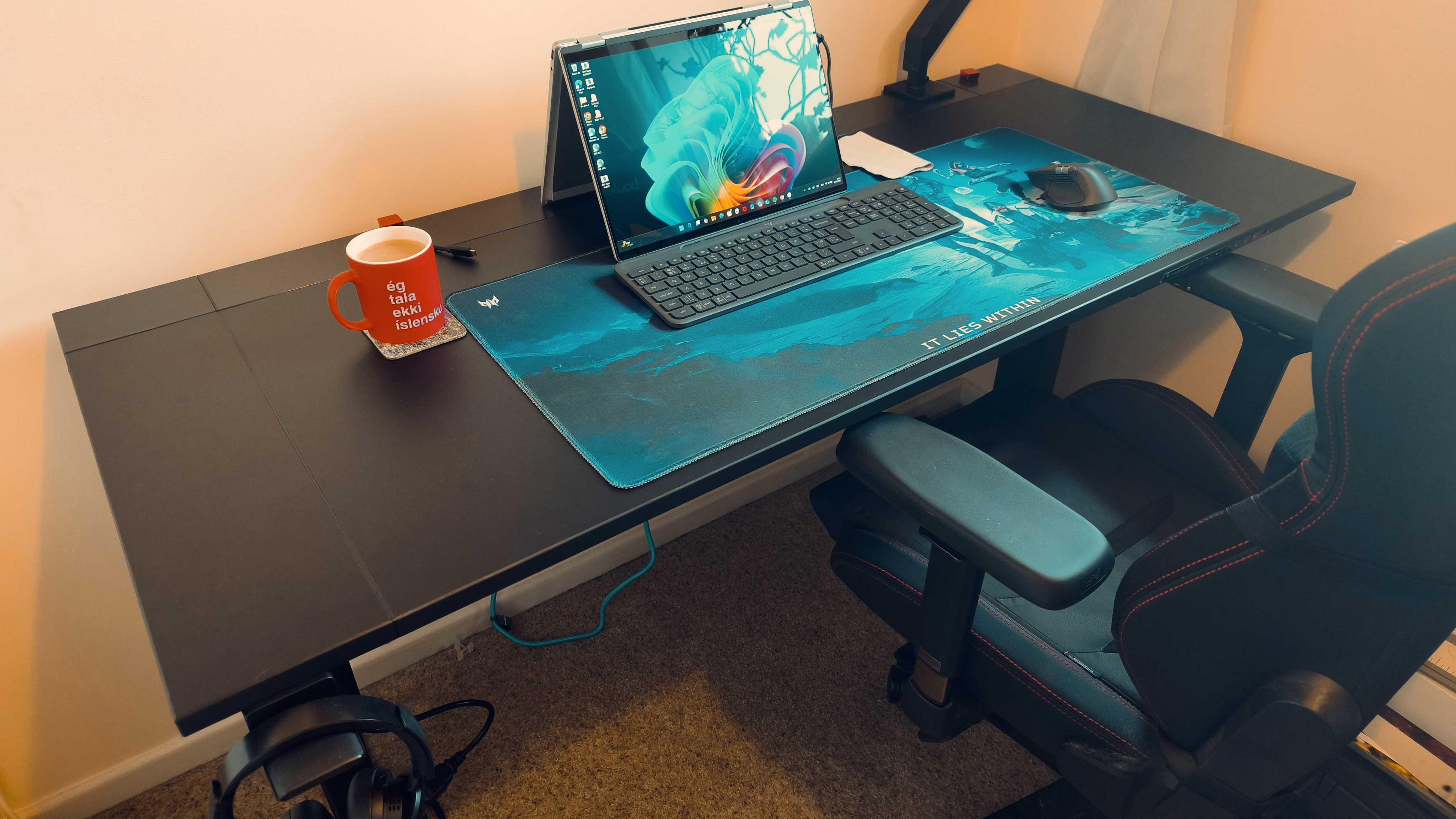Why you should question graphic conventions
There’s something wrong when designers use graphic conventions as hard and fast rules. The trick is knowing when to tread a new path, says Adam Berninger
Graphic conventions are often like stereotypes for design. There are historical reasons why they might emerge, yet there is often a tendency for creatives to apply them far from their original context. In many ways, conventions in graphic design and stereotypes represent the two extreme interpretations of preconceptions. Conventions typically provide a basis to categorise previous solutions into actionable approaches, whereas stereotypes typically perpetuate a prejudice that can alienate and damage. The relevance of both can be very hard to refute, and at the same time, their use can be difficult to stomach.
So, it comes as no surprise that the application of conventions and stereotypes as rules can be incredibly polarising. Rules can be limiting; but rules can make decisions easier to make. Rules can destroy nuance; but rules can be easy to understand.
This dichotomy is the inspiration for such classic quotes as: “The golden rule is that there are no golden rules” (by George Bernard Shaw) and: “If I had observed all the rules, I would never have got anywhere” (Marilyn Monroe) – and for designers, these sentiments represent the source of unique solutions that are truly creative.
Why then are design conventions still so often treated as hard rules without exceptions? I find these to be the most common answers: ‘I always see it this way and it’s not worth deviating’ (‘put the logo here’); ‘I don’t want to impose personality and it’s considered most neutral to do it this way’ (‘make it Helvetica’); ‘it’s pure to do it this way’ (‘use colour out of the tube’); ‘my competitors do it this way and we have to follow suit’ (‘shoot in this style’); ‘these test users preferred it this way over the new way’ (‘do as they know’).
Nothing is inherently wrong with the parenthetical solutions when they are applied with forethought and purpose. If the logo just works better in the upper-left of the website that you are designing, why fight it? If you like the way Helvetica looks more than another typeface, why not stick with it? Sometimes the purpose might even be to consciously employ the stereotype for rhetorical effect.
But most often, conventions are simply applied as second nature, without analysing the situation and truly questioning what would be the optimal solution. Start with the logo in the upper left and a top-nav, and begin designing from there. At their worst, using these justifications as hard rules results in thoughtless and out-of-context replication of previous solutions.
At the same time, under examination, the quest for completely original solutions may prove futile – so the biggest opportunity to shape great creative is actually to use the conventions that you recognise as an active tool in your creative process.
When the reasoning behind each preconception and decision is questioned, it becomes more clear as to when to leverage a convention as it exists, when to evolve it into something new and when to cut a new path altogether. However, over time these personal and collaborative solutions end up defining a new set of conventions, which we then must either continue to put in question, or embrace as part of a personal codec, or style. And while some surrender to style is inevitable, it’s a worthy cause to wholeheartedly question everything in the pursuit of new solutions, which will serve as improvements and discoveries that are better suited for your audience, goals, and brand.
The fun part, creatively, is that by putting relevant preconceptions into question at the beginning of the design process, each eventual solution ends up feeling original. And really, what’s the big difference between being original, feeling original and appearing original?
Daily design news, reviews, how-tos and more, as picked by the editors.

The Creative Bloq team is made up of a group of art and design enthusiasts, and has changed and evolved since Creative Bloq began back in 2012. The current website team consists of eight full-time members of staff: Editor Georgia Coggan, Deputy Editor Rosie Hilder, Ecommerce Editor Beren Neale, Senior News Editor Daniel Piper, Editor, Digital Art and 3D Ian Dean, Tech Reviews Editor Erlingur Einarsson, Ecommerce Writer Beth Nicholls and Staff Writer Natalie Fear, as well as a roster of freelancers from around the world. The ImagineFX magazine team also pitch in, ensuring that content from leading digital art publication ImagineFX is represented on Creative Bloq.
